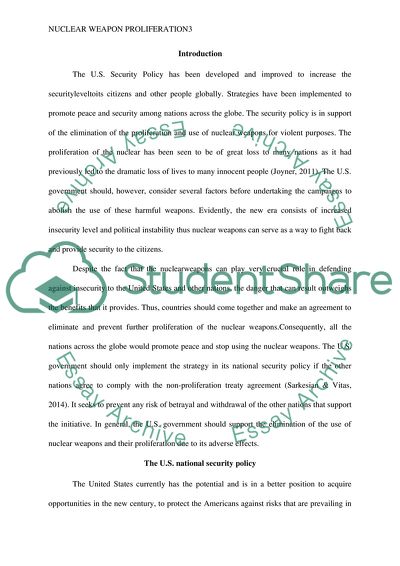Cite this document
(U.S. Security Policy and Nuclear Proliferation Report Example | Topics and Well Written Essays - 3500 words, n.d.)
U.S. Security Policy and Nuclear Proliferation Report Example | Topics and Well Written Essays - 3500 words. https://studentshare.org/politics/1874215-us-security-policy-and-nuclear-proliferation
U.S. Security Policy and Nuclear Proliferation Report Example | Topics and Well Written Essays - 3500 words. https://studentshare.org/politics/1874215-us-security-policy-and-nuclear-proliferation
(U.S. Security Policy and Nuclear Proliferation Report Example | Topics and Well Written Essays - 3500 Words)
U.S. Security Policy and Nuclear Proliferation Report Example | Topics and Well Written Essays - 3500 Words. https://studentshare.org/politics/1874215-us-security-policy-and-nuclear-proliferation.
U.S. Security Policy and Nuclear Proliferation Report Example | Topics and Well Written Essays - 3500 Words. https://studentshare.org/politics/1874215-us-security-policy-and-nuclear-proliferation.
“U.S. Security Policy and Nuclear Proliferation Report Example | Topics and Well Written Essays - 3500 Words”. https://studentshare.org/politics/1874215-us-security-policy-and-nuclear-proliferation.


